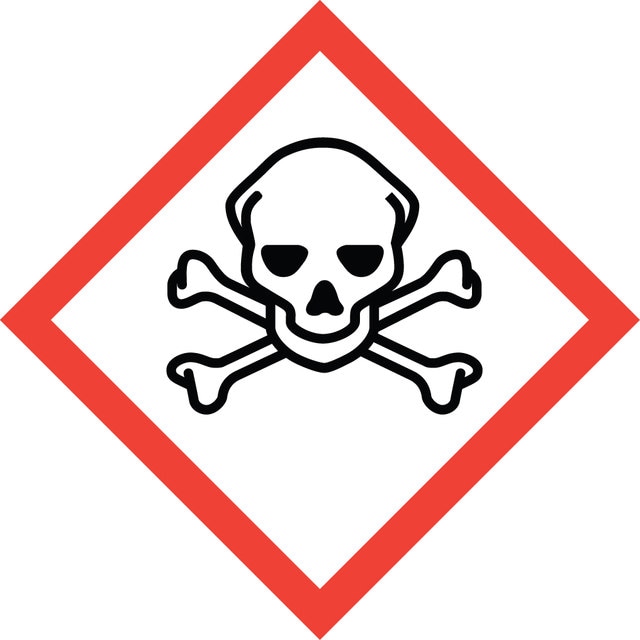13217
Manganese(II) chloride
purum, anhydrous, 98-102% (AT)
Synonym(s):
Manganese dichloride, Sacchite
Sign Into View Organizational & Contract Pricing
Select a Size
About This Item
Linear Formula:
MnCl2
CAS Number:
Molecular Weight:
125.84
EC Number:
MDL number:
UNSPSC Code:
12352103
PubChem Substance ID:
grade
purum
Assay
98-102% (AT)
loss
≤2% loss on drying
mp
652 °C (lit.)
density
2.98 g/mL at 25 °C (lit.)
SMILES string
Cl[Mn]Cl
InChI
1S/2ClH.Mn/h2*1H;/q;;+2/p-2
InChI key
GLFNIEUTAYBVOC-UHFFFAOYSA-L
Looking for similar products? Visit Product Comparison Guide
Signal Word
Danger
Hazard Statements
Precautionary Statements
Hazard Classifications
Acute Tox. 3 Oral - Eye Dam. 1 - STOT RE 2
Target Organs
Brain
Storage Class Code
6.1D - Non-combustible acute toxic Cat.3 / toxic hazardous materials or hazardous materials causing chronic effects
WGK
WGK 2
Flash Point(F)
Not applicable
Flash Point(C)
Not applicable
Personal Protective Equipment
dust mask type N95 (US), Eyeshields, Gloves
Regulatory Information
新产品
This item has
Choose from one of the most recent versions:
Already Own This Product?
Find documentation for the products that you have recently purchased in the Document Library.
Anne Bertrand et al.
NeuroImage, 64, 693-702 (2012-09-11)
The impairment of axonal transport by overexpression or hyperphosphorylation of tau is well documented for in vitro conditions; however, only a few studies on this phenomenon have been conducted in vivo, using invasive procedures, and with contradictory results. Here we
Marta Sidoryk-Wegrzynowicz et al.
Journal of neurochemistry, 122(4), 856-867 (2012-06-20)
Manganese (Mn) has been implicated in the impairment of the glutamate-glutamine cycling (GGC) by deregulation of Glu and glutamine (Gln) turnover in astrocytes. Here, we have examined possible mechanisms involved in the Mn(II)-mediated disruption of Glu turnover, including those related
A G Kanthasamy et al.
Toxicology letters, 214(3), 288-295 (2012-09-22)
The role of normal cellular prion protein (PrP) remains to be fully elucidated; however, the protein is crucial for the infection and progression of prion diseases. Recent evidence indicates that PrP is a metalloprotein since the octapeptide repeat sequences in
Jerome A Roth et al.
Neurotoxicology, 35, 121-128 (2013-01-15)
Chronic exposure to Mn results in the development of a neurological disorder known as manganism characterized by neurological deficits resembling that seen in Parkinsonism. Although dopaminergic neurons within the nigrostriatal pathway appear intact, Mn-induced irregularities in DA transmission have been
Geoffrey J Topping et al.
Medical physics, 40(4), 042502-042502 (2013-04-06)
Manganese(II) is employed as a contrast agent with magnetic resonance imaging (MRI) for study of neuronal activation in rats and mice. However, at the concentrations required for MRI, Mn may induce pharmacological or toxic effects. Positron emission tomography (PET) imaging
Our team of scientists has experience in all areas of research including Life Science, Material Science, Chemical Synthesis, Chromatography, Analytical and many others.
Contact Technical Service

